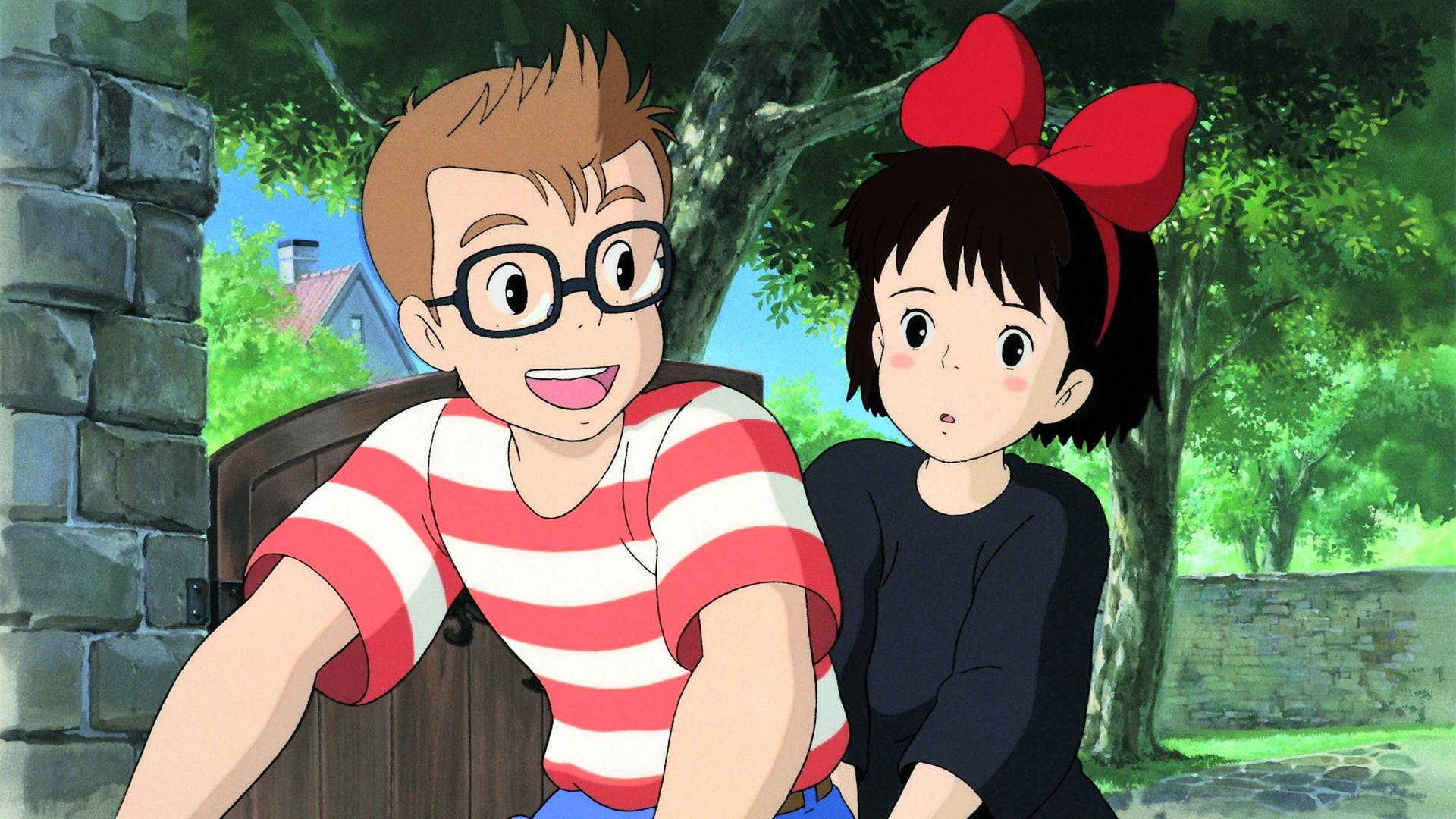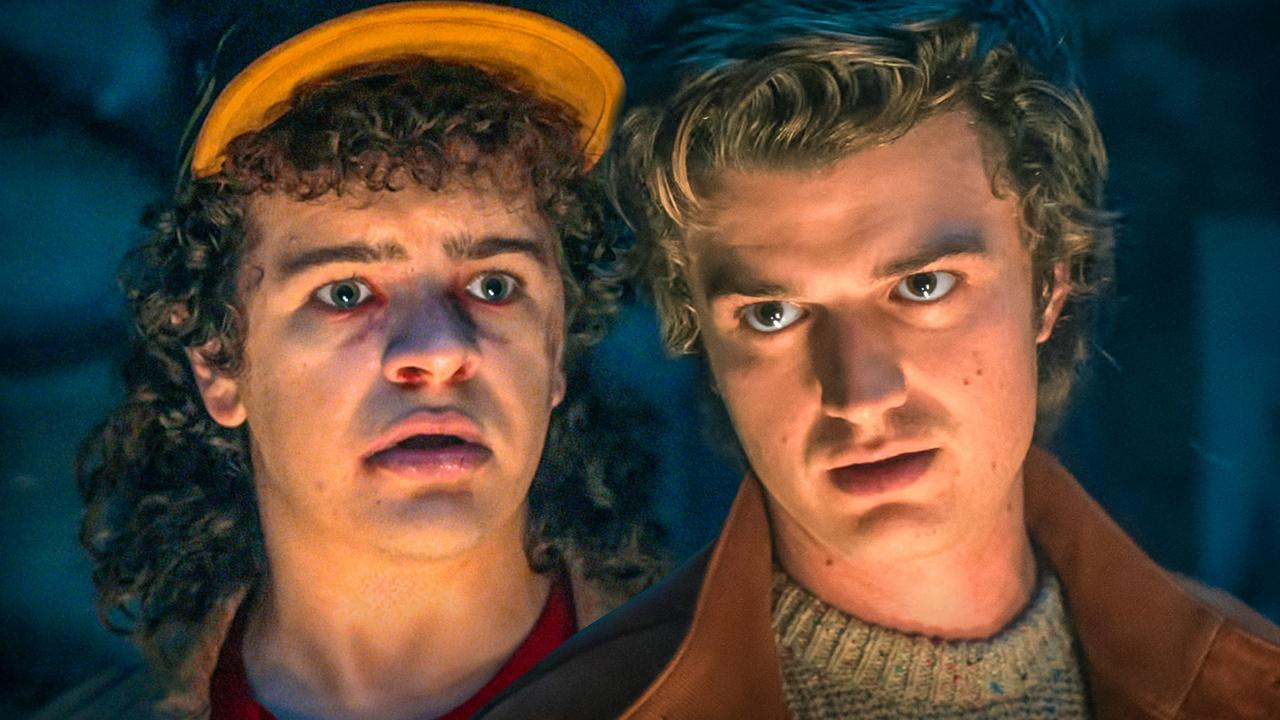5 Best Anime Movies Available to Watch on Apple TV Streaming Service

I’ve been really impressed by the anime movie selection on Apple TV. It’s surprisingly good! Whether you’re a longtime anime fan or just curious about getting into it, there’s something there for everyone. They’ve got everything from sweet, everyday stories to really exciting action movies, and it feels like Apple TV is becoming a great place to find all your favorites.








